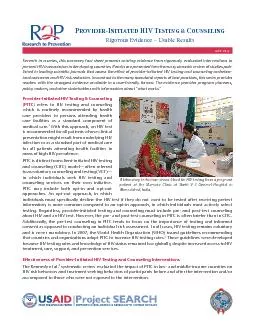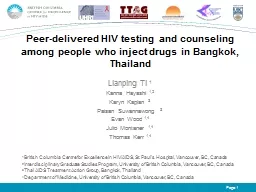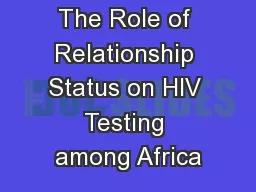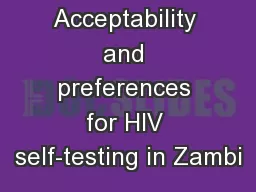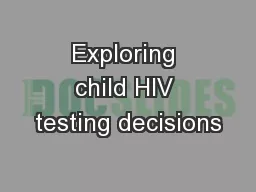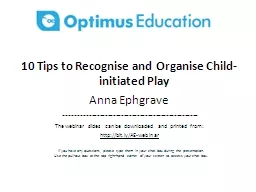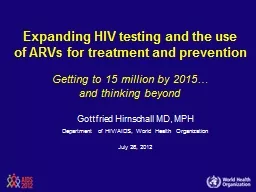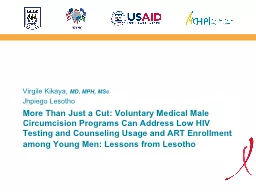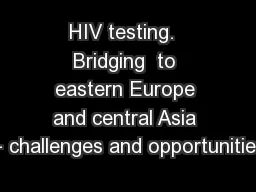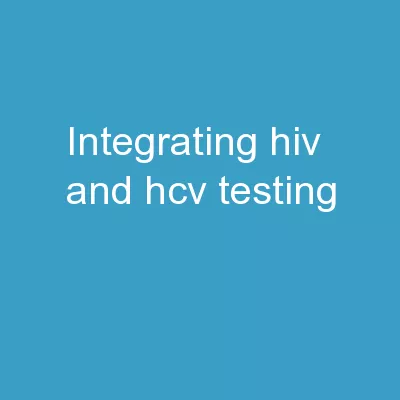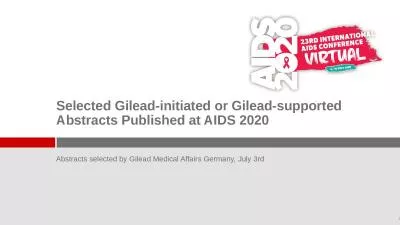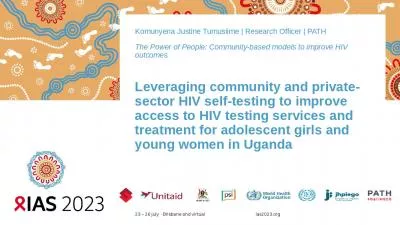PDF-Provider-Initiated HIV Testing & Counseling
Author : olivia-moreira | Published Date : 2015-08-16
PITC refers to HIV testing and counseling which is routinely recommended by health care providers to persons attending health care facilities as a standard component
Presentation Embed Code
Download Presentation
Download Presentation The PPT/PDF document "Provider-Initiated HIV Testing & Counsel..." is the property of its rightful owner. Permission is granted to download and print the materials on this website for personal, non-commercial use only, and to display it on your personal computer provided you do not modify the materials and that you retain all copyright notices contained in the materials. By downloading content from our website, you accept the terms of this agreement.
Provider-Initiated HIV Testing & Counseling: Transcript
Download Rules Of Document
"Provider-Initiated HIV Testing & Counseling"The content belongs to its owner. You may download and print it for personal use, without modification, and keep all copyright notices. By downloading, you agree to these terms.
Related Documents

